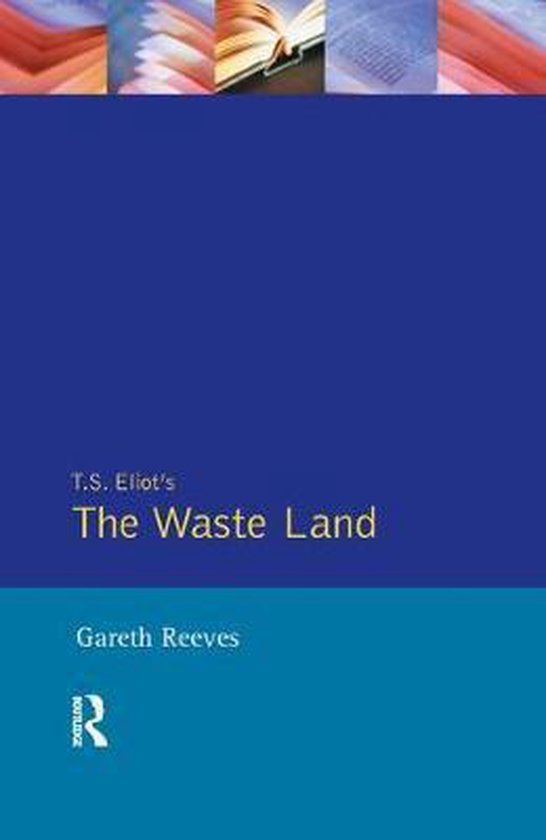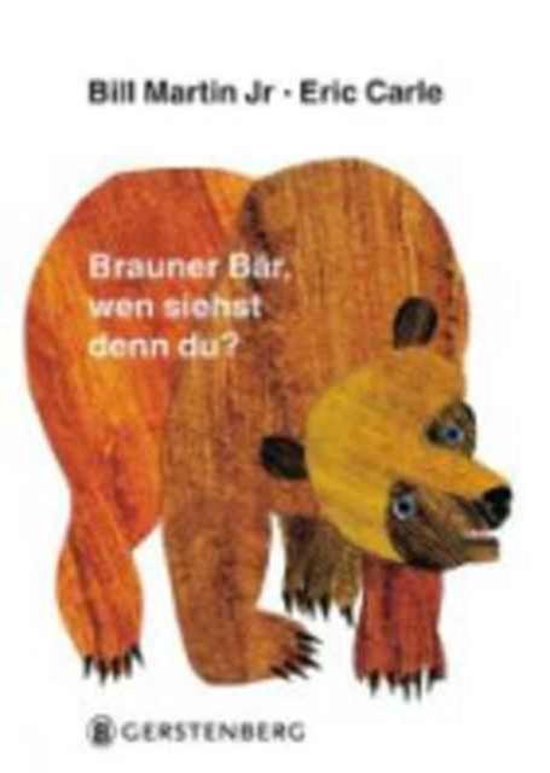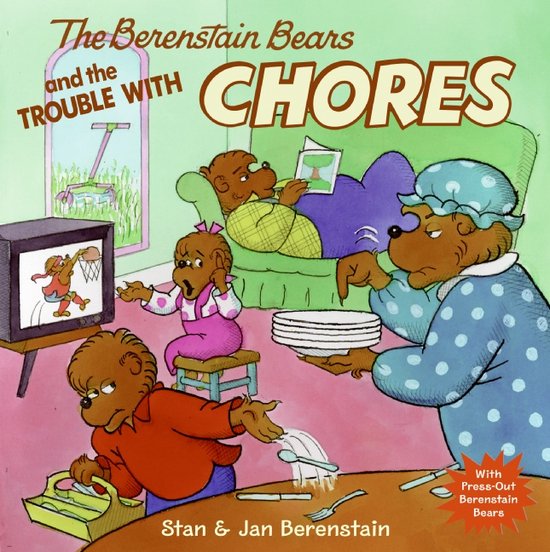
T. S. Elliot's The Waste Land
This reading sees "The Waste Land" as resolutely open-ended, supporting this view with recent developments in reader-response criticism and reception theory. The study focuses on the way poetry sounds and concentrates on syntax, lineation and intonation.
This work argues that although "The Waste Land" demands close reading, the spirit of the old New Criticism works with inappropriate assumptions about unity and closed form. Many critics have tried to fix the text, to find hidden narratives and plots, spiritual guests and allegories of salvation. Instead, this reading sees the poem as resolutely open-ended, supporting this view with recent developments in Reader-Response criticism and Reception Theory. The study focuses on the way poetry sounds (or does not sound, cannot be sounded). It concentrates on syntax, lineation and intonation. It also brings out the presence of the muted voices of wronged women in a work often called misogynistic.
This work argues that although "The Waste Land" demands close reading, the spirit of the old New Criticism works with inappropriate assumptions about unity and closed form. Many critics have tried to fix the text, to find hidden narratives and plots, spiritual guests and allegories of salvation. Instead, this reading sees the poem as resolutely open-ended, supporting this view with recent developments in Reader-Response criticism and Reception Theory. The study focuses on the way poetry sounds (or does not sound, cannot be sounded). It concentrates on syntax, lineation and intonation. It also brings out the presence of the muted voices of wronged women in a work often called misogynistic.
| Auteur | | Gareth Reeves |
| Taal | | Engels |
| Type | | Hardcover |
| Categorie | | Taal |



